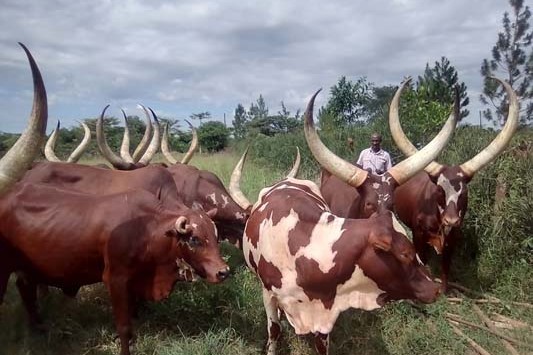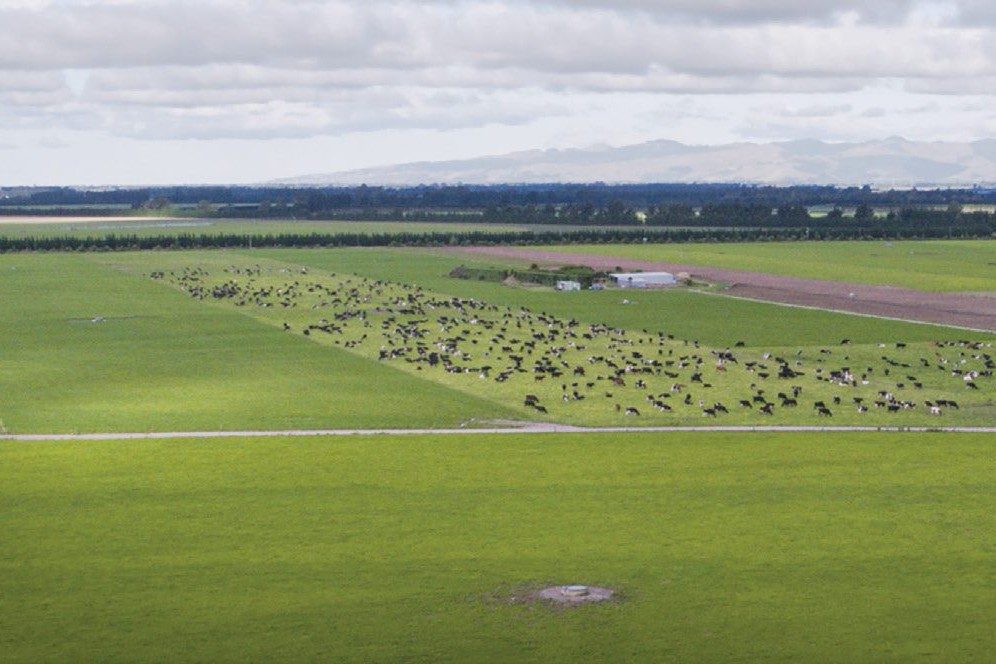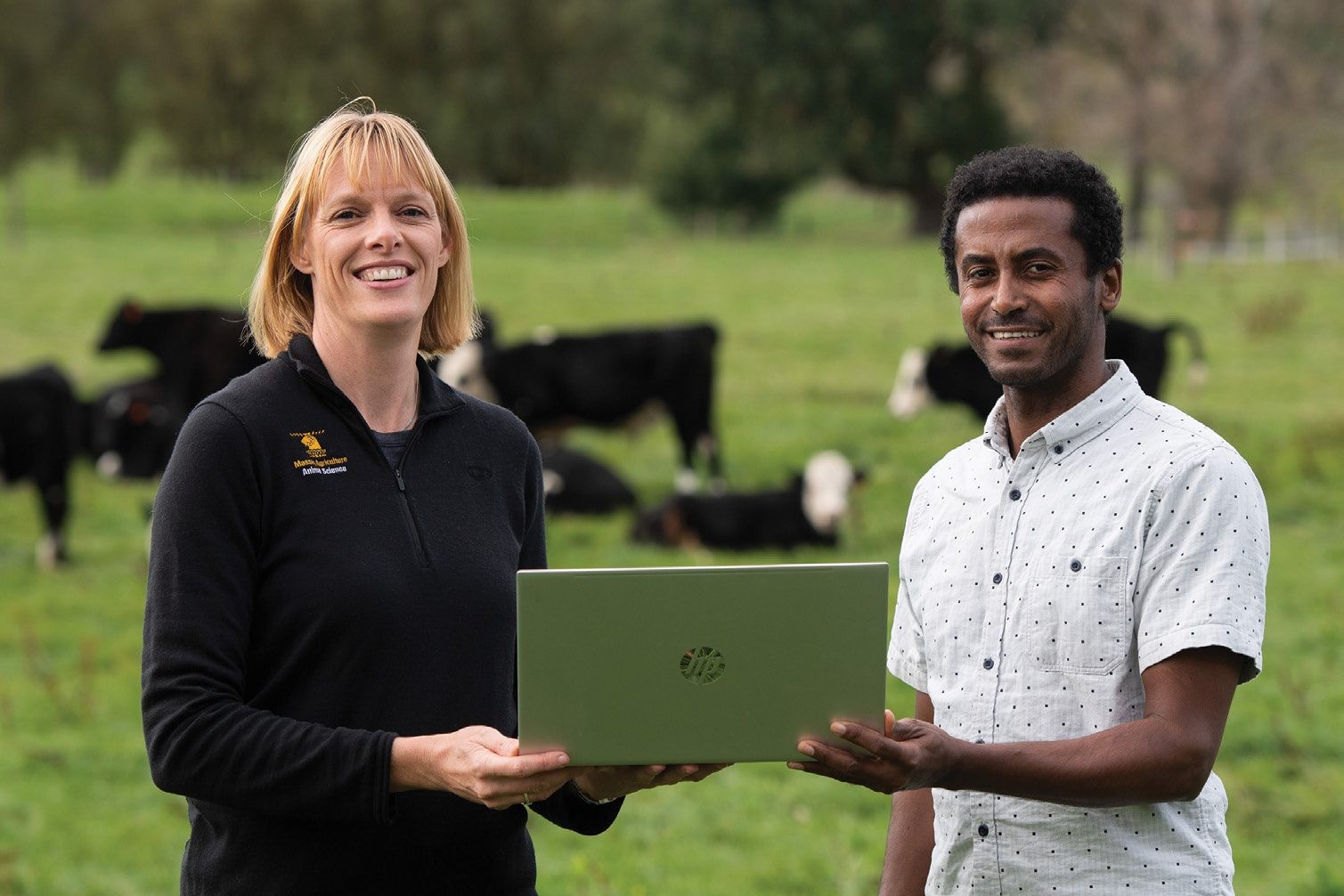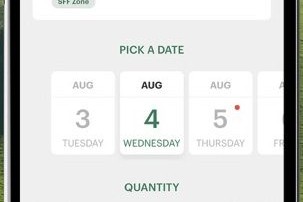By Lisa Whitfield
Over the last few years I have had the opportunity to work as a relief milker on a local farm. This experience has opened my eyes to the practical reality of dairy farming – there is always more work to do!
One aspect I have never appreciated so acutely, prior to working as a farmer, is just how much time is added to your day when there is a sick cow which needs attending to. The attitude of “I’ll see how she is tomorrow” is a very common approach to sick cows – I can understand why it has developed, however, if you want to get the best out of your herd, the ‘wait and see’ approach needs to change.
There are a number of serious diseases, such as pneumonia or toxic mastitis, where outcome for the cow is determined by how early they are treated. Picking these cows out and examining them early will often mean the cow not only survives, but recovers faster and with less impact on her health and production than if they are left to ‘see how they are tomorrow’. If you can head these diseases off before a cow becomes very sick, it will save you time and money.
What I have seen demonstrated time and time again on the farm, is that the most likely time to identify a sick cow early on is when a herd is being shifted. Whether it is on the way to milking, or just moving to a new paddock, or even to a new break – did you know that your actions at these critical timepoints impact your ability to find sick cows?
When you or your staff are shifting the herd – how do you get the herd out of the paddock?
It should come as no surprise to you that you do not have to go into the paddock in order to move the herd. If you stand by the gate and call the cows, they will come – the lead cows will rouse the herd and lead them out, they know the routine. If they don’t, they will quickly pick up the routine when given the opportunity to do so.
More importantly though – if you are not in the paddock rounding the cows up from the back of the bike, but rather, standing at the gate watching the herd walk past, you have created the most valuable opportunity of the day to notice the cows which need attending to.
And if this comes as a surprise to you, how else is your behaviour (and that of your staff) affecting what your team of cows can tell you?
Taking the pressure off the herd at shifting allows sick cows to show themselves to you – it is then up to you to notice them
So what do you need to look out for when you are looking for a cow that is just starting to get sick in a herd?
First, cows like order – they have a milking order, and they have an order for shifting – if you notice their order, you will notice out-of-place cows. A sick cow is not often able to maintain her place in the herd.
Second, the cow may be slow or sluggish – she may lag behind – this type of sick cow needs attending to as soon as possible.
Third, if you are following the herd to the shed, don’t hassle them to move faster – give them space and the sick cows will stand out.
And lastly her eyes, rather than being bright and alert, might be described as ‘off’. They may be sunken, and some would describe the cow as looking internally – her focus is not on what is going on around her, but on what is making her feel unwell. She may look ‘tired’ and her ears may droop.
It is absolutely essential to draft these cows as soon as possible for examination – doing so may save her life. She may not be skinny, have a dull or rough coat or be off her milk yet, but if you pick up the early signs which indicate she might be sick – and act on them – more often than not you will be correct.
- Lisa Whitfield, is a Manawatu production animal veterinarian.





